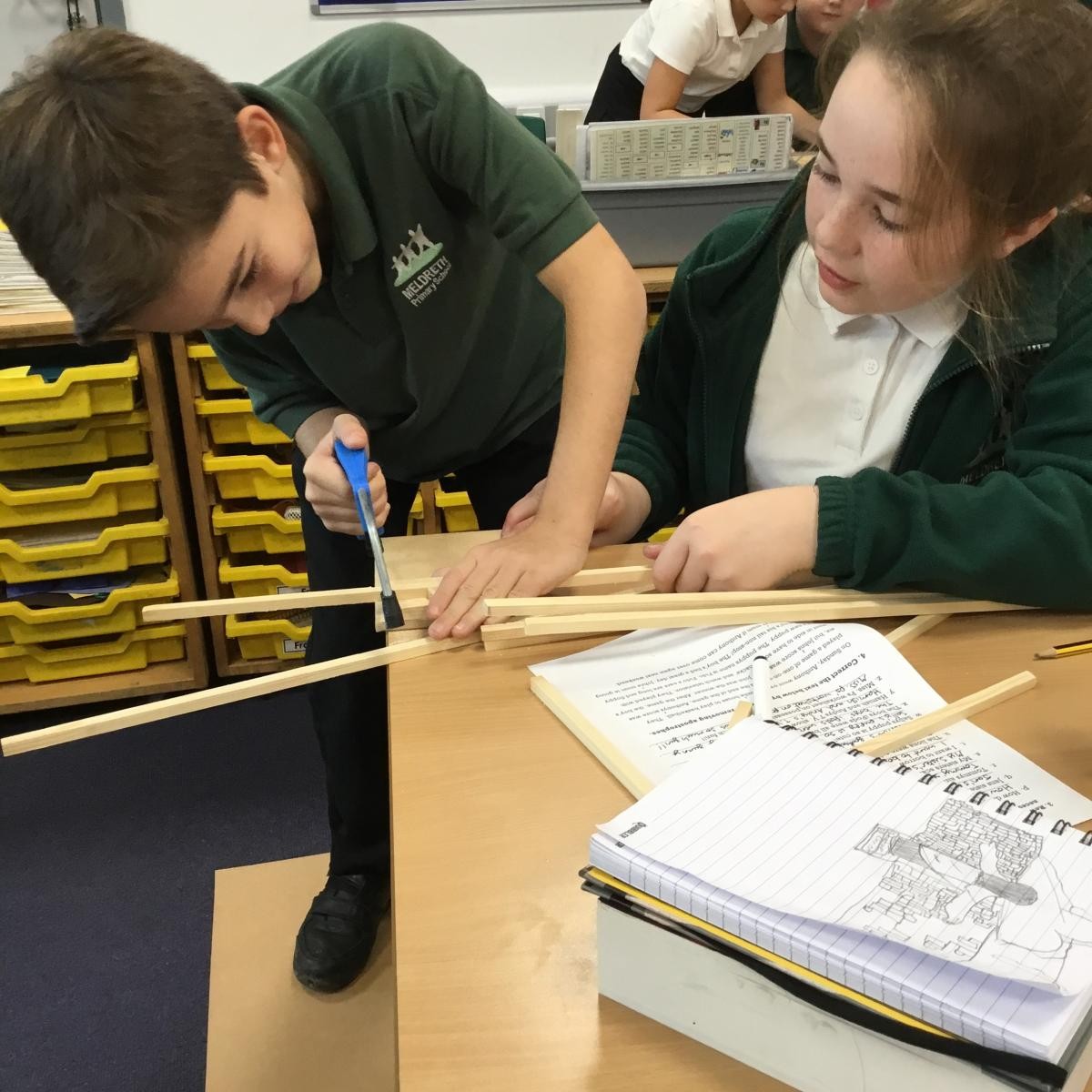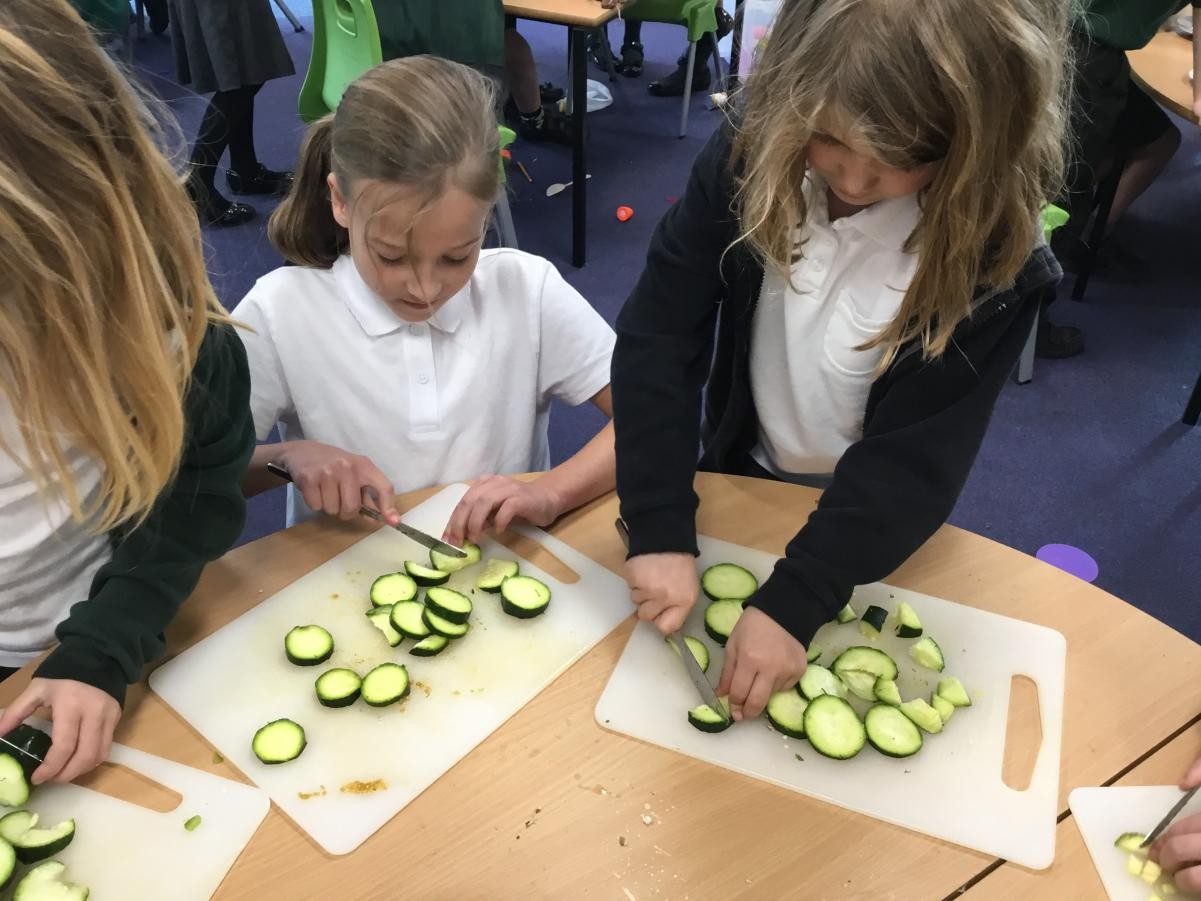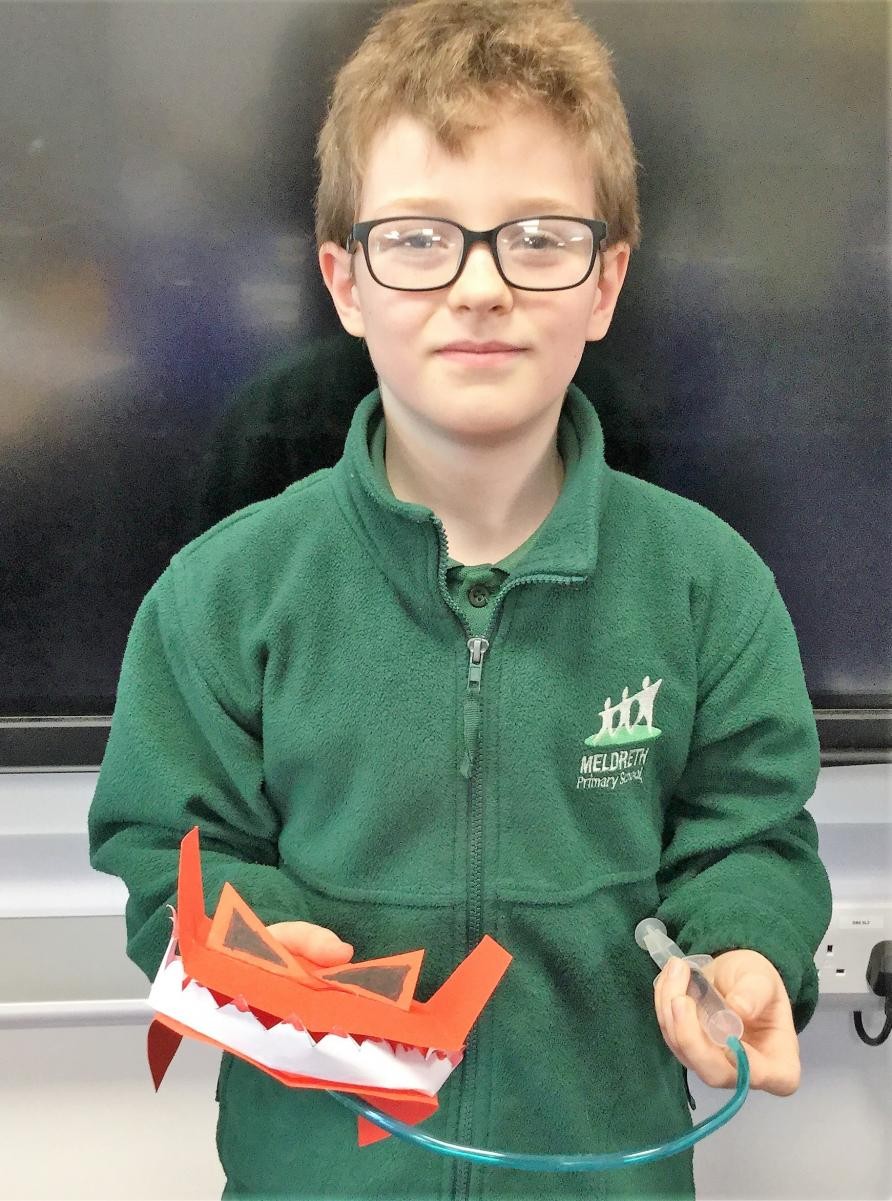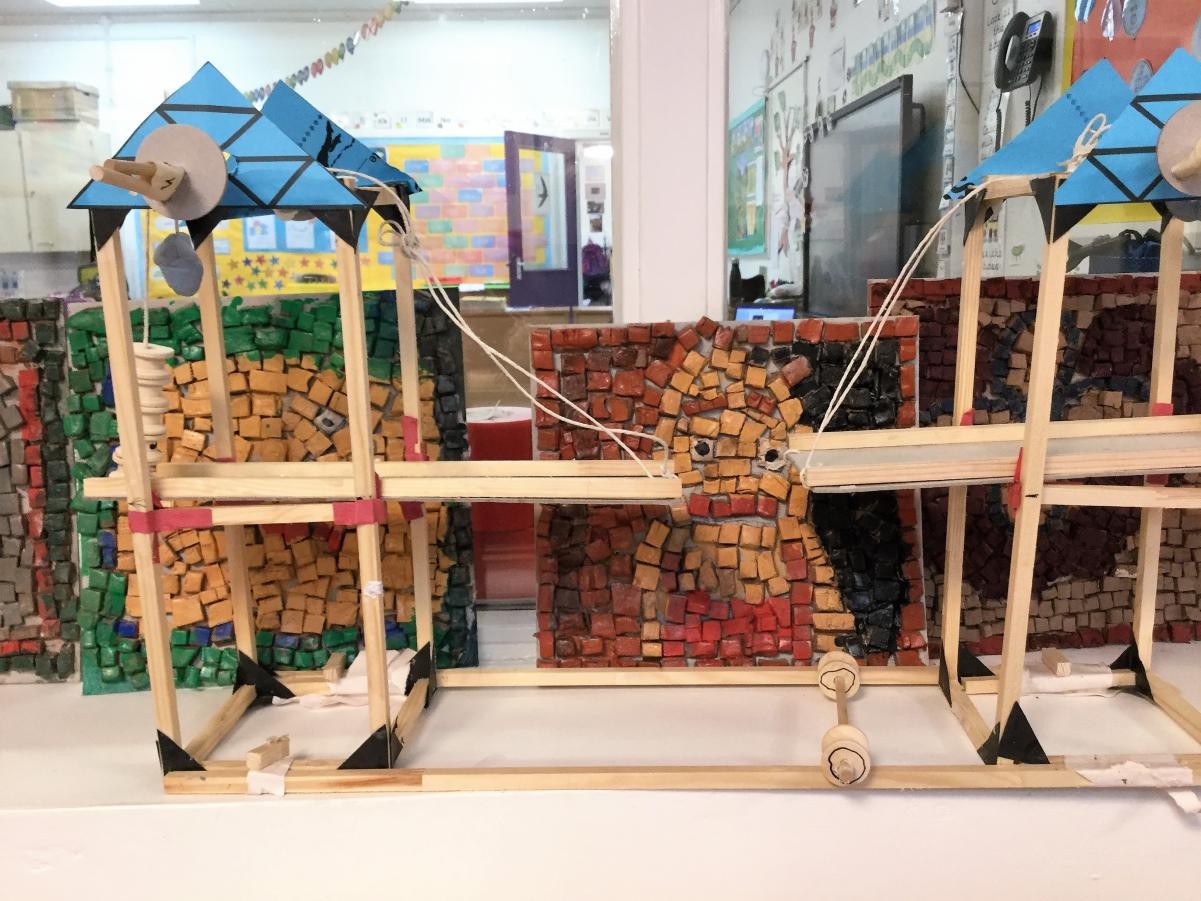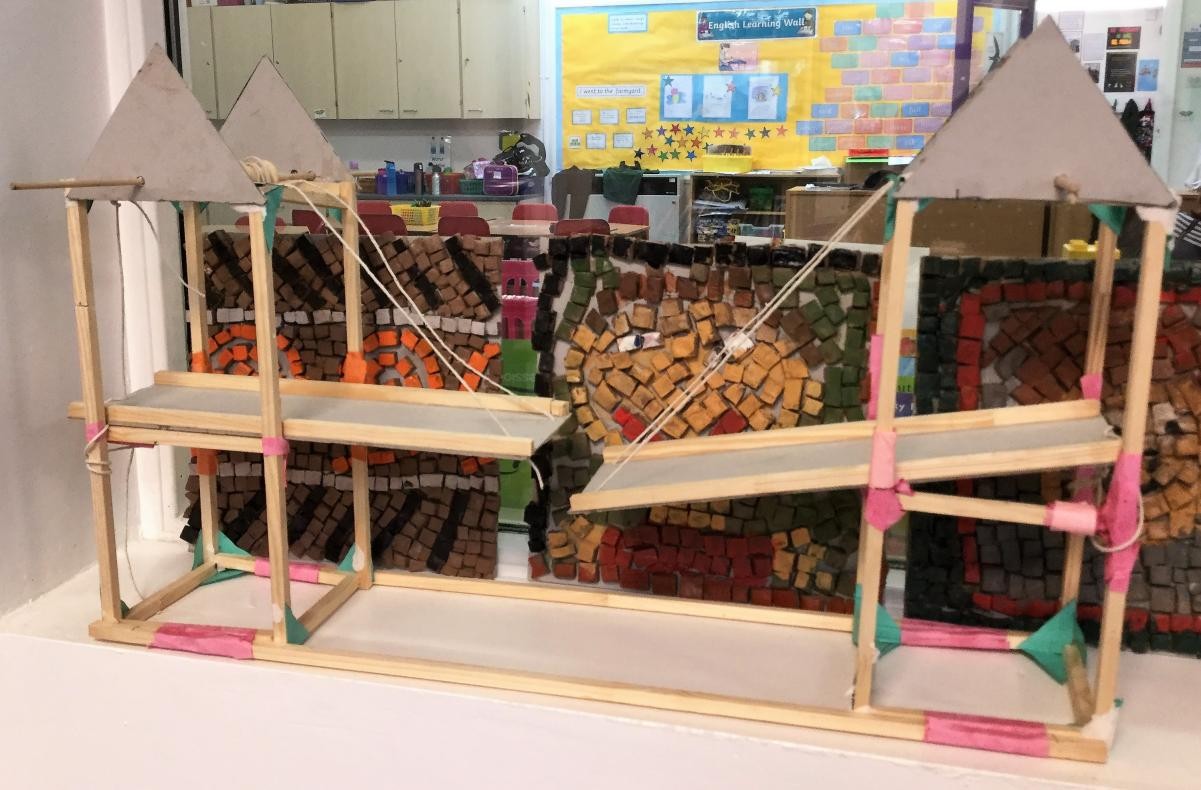The aim of our DT curriculum is to bring design technology alive for our children, to evoke the children’s curiosity and engage their minds to create, build and use technology to build new and inventive products. We have mapped our DT learning to have cross curricular links to add purpose and intrigue to the children’s experiences.
This website uses Google Translate
You cannot use this feature without first accepting 3rd Party Cookies.
This website uses Google Translate
You cannot use this feature without first accepting 3rd Party Cookies.


